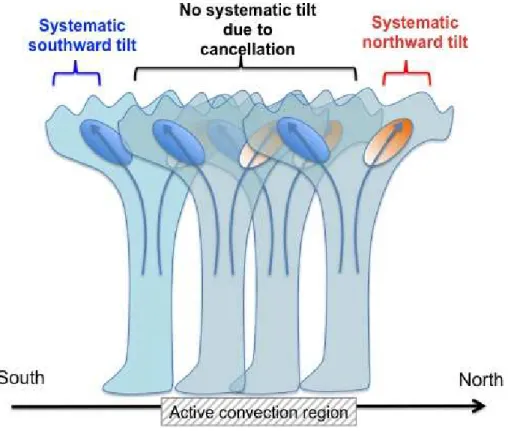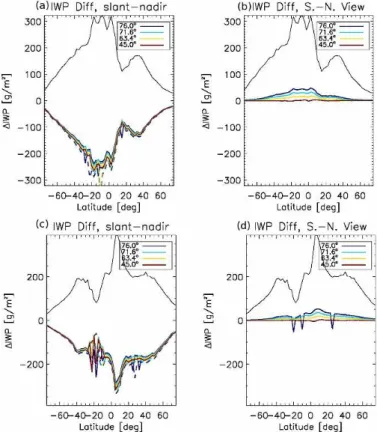Meridionally-tilted ice cloud structures in the tropical Upper Troposphere as seen by CloudSat
Texto
Imagem
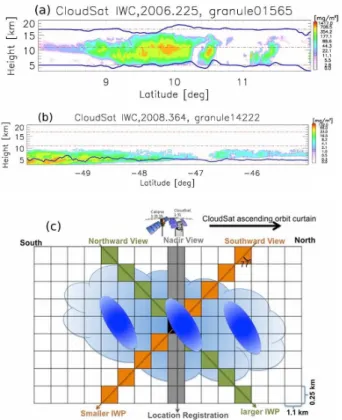

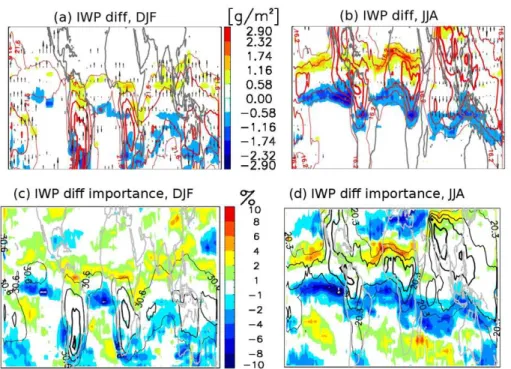
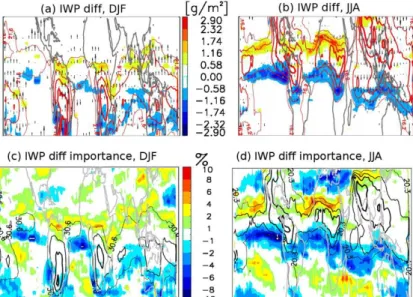
Documentos relacionados
A nucleation scavenging scheme that diagnoses cloud scavenging ratios for aerosol mass and number distributions based on cloud droplet and ice crystal number concen- trations has
The three-dimensional distribution of various cloud types over the Indian summer monsoon (ISM) region using five years (2006–2010) of CloudSat observations dur-
General statistics for the experiments: shown are the time the maximum azimuthally averaged tangential wind speeds near the surface reach 12 m s − 1 ; the near-surface radius of
Apparent scattering ratios calculated from the two lidar measurements of to- tal attenuated backscatter at 532 nm show similar aerosol and cloud layer structures both under
According to king Stephan, the negotiations with Andrew of Hungary took place in Serbian border town of Ravno, whereas St Sava’ s lives displace them on which was then Hungarian
Overall size statistics of the background aerosol particles (left), cloud ice residues (middle) and cloud droplet residues (right) detected with the SPLAT instrument (upper row) and
The a priori CDFs and EOFs are de- rived from CloudSat radar reflectivity profiles and associated ECMWF temperature and relative humidity profiles com- bined with three
It is shown that subgrid treatment of cloud activation and autoconversion of cloud water to rain reduce the impact of anthropogenic aerosols on cloud properties and thus reduce

